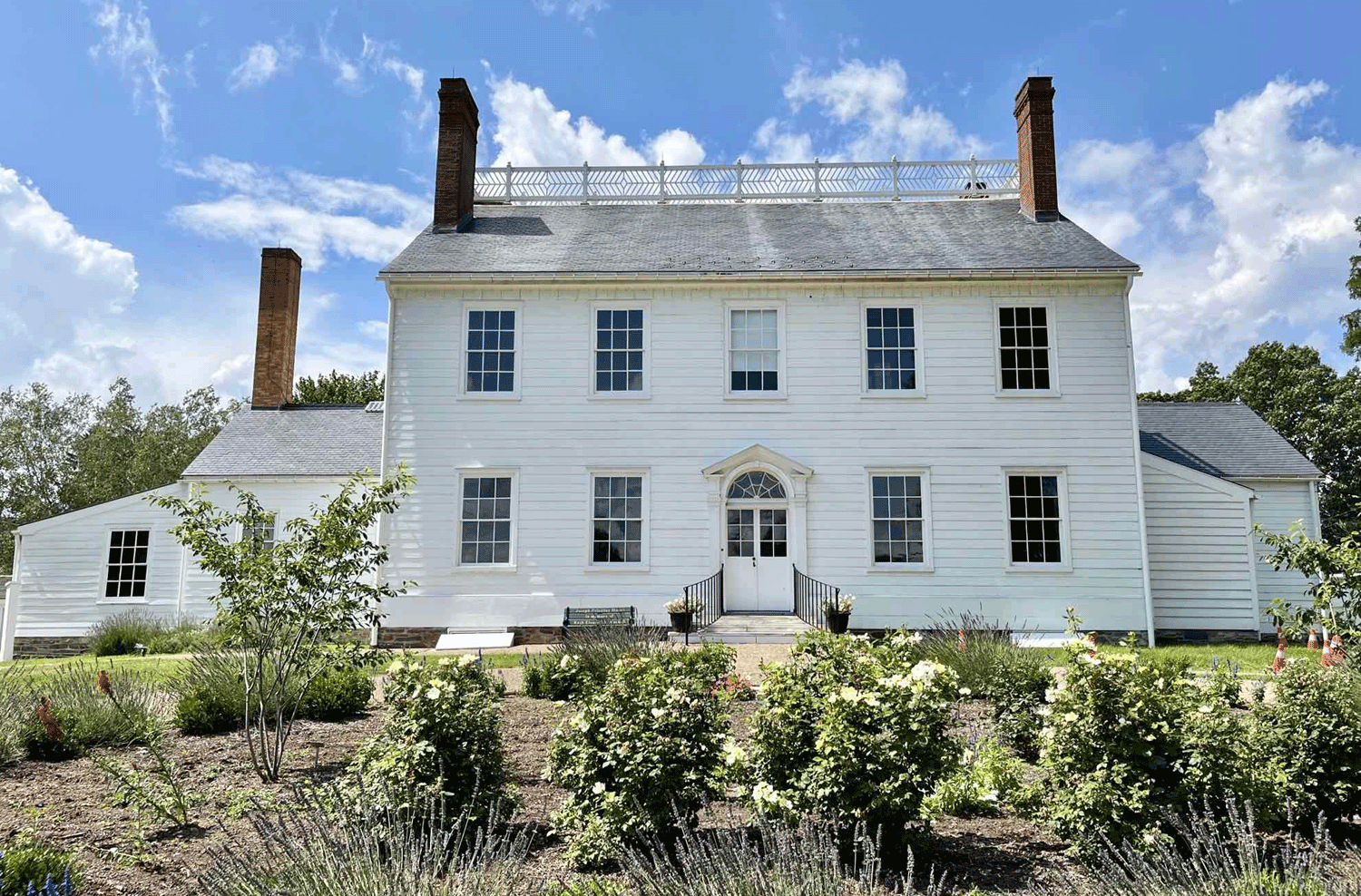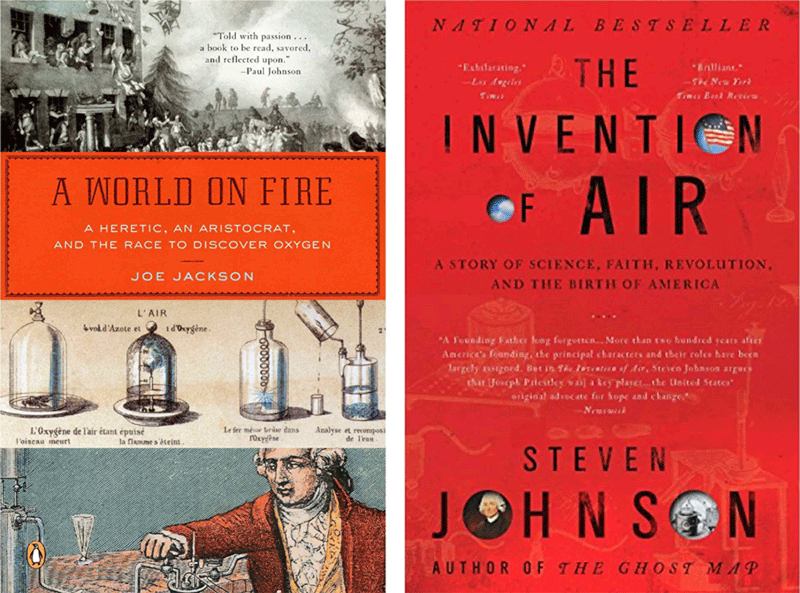Joseph Priestley House
I begin my energy course at HNC every year with a discussion about combustion, since it makes up about 82% of primary energy (still!). We burn coal, oil, natural gas, trash, wood, agricultural waste, and much, much more. Combustion is a chemical reaction (rapid oxidation), and that in turn leads us to review the work of Joseph Priestley, who discovered the gas oxygen, and Antoine Lavoisier, who gave it the name “oxygen” and recognized its role in the combustion process.

Priestley was a Unitarian preacher in the U.K. who was nonetheless a world-class chemist. His “non-conformist” religious and liberal views got him into trouble, and his house was burned down by a mob. He fled to Philadelphia in the U.S. in 1794, and ultimately settled in Northumberland, Pennsylvania, a town on the Susquehanna River – at the time a five-day trip from the city.
It was only a three-hour drive for me, however – and so I made the trip to Joseph Priestley’s House to see the museum and laboratory during an August sojourn to a family reunion in the western part of the state.
Priestley had met Lavoisier in Paris in 1774, and described his experiments – which Lavoisier subsequently repeated. Prior to that time, chemists had believed in “phlogiston”, a substance present in combustible materials and released into the air during burning. Lavoisier’s insights overturned that view and revolutionized chemistry, although Priestley remained a phlogiston believer until the end of his life. [He had labeled oxygen “dephlogisticated air,” so we’re lucky that Lavoisier’s chemical ideas ultimately prevailed!] Lavoisier revolutionized chemistry, but he ultimately lost his head to the guillotine during the French Revolution.
Their stories are well-told in a couple of books that I recommend to my students, shown below. Despite his combustion reticence, Priestley was a brilliant chemist, and he published more than thirty scientific papers during his stay in Northumberland – including discovery of the gas carbon monoxide (with another unfortunate label: “heavy inflammable air”). The American Chemical Society has noted that his library (with some 1600 volumes) and chemical laboratory “were probably the best in the country at that time,” and his domicile has now been designated a National Historic Chemical Landmark.
